As a content creator for keyfobprog.com and an automotive repair expert, I understand the frustration of tackling electrical issues in your car. Modern vehicles are complex networks of wires, sensors, and computers, and deciphering the wiring system can feel like trying to read a foreign language. But fear not! Just like a map guides you through unfamiliar territory, a wire diagram – also known as a schematic – is your roadmap to understanding your car’s electrical circuits. This guide will empower you to confidently read and interpret these diagrams, enabling you to diagnose and fix electrical problems efficiently.
Decoding Wire Diagram Symbols: The Building Blocks
Before you can trace circuits, you need to understand the symbols that represent different components. Think of these as the alphabet of wire diagrams. Here are some of the most common symbols you’ll encounter in automotive wire diagrams:
Resistors
Resistors, which control the flow of electricity, are typically shown as zig-zag lines. They always have two terminals. In some diagrams, especially those using international standards, you might see a simple rectangle instead.
Variable Resistors and Potentiometers
These adjustable resistors are indicated by the standard resistor symbol with an added arrow. A variable resistor remains a two-terminal device with the arrow across it, while a potentiometer, a three-terminal device, uses the arrow as the third terminal (wiper).
Capacitors
Capacitors, which store electrical energy, have two common symbols. One represents polarized capacitors (like electrolytic or tantalum), and the other is for non-polarized types. Both show two terminals connected to parallel plates.
The symbol with a curved plate indicates a polarized capacitor. The curved plate usually marks the cathode (negative terminal), which should be at a lower voltage than the positive anode. Polarized capacitor symbols often include a plus sign (+) to further indicate the positive pin.
Inductors
Inductors, which resist changes in current, are usually shown as a series of humps or coiled loops. International symbols might represent them as filled rectangles.
Switches
Switches, which control circuit continuity, come in many forms. The most basic, a single-pole/single-throw (SPST) switch, is shown as two terminals with a partially connected line representing the actuator.
More complex switches, like SPDT (single-pole/double-throw) and SP3T, have more “throws” or positions for the actuator.
Multi-pole switches, like DPDT (double-pole/double-throw), are represented by multiple, similar switch symbols linked by a dotted line through the actuators.
Power Sources
Automotive electrical systems rely on various power sources. Understanding these symbols is crucial for tracing power flow in a wire diagram.
DC and AC Voltage Sources
In cars, we primarily deal with direct current (DC) voltage. The symbols below differentiate between DC and alternating current (AC) sources, although AC is less common in standard automotive systems.
Batteries
Batteries, the heart of a car’s electrical system, are usually represented by pairs of unequal parallel lines.
More line pairs often indicate multiple cells in series within the battery. The longer line usually represents the positive terminal, and the shorter line the negative terminal.
Voltage Nodes
In complex diagrams, voltage nodes simplify connections. These single-terminal symbols represent direct connections to specific voltage levels like 12V, 5V, or Ground (GND). Positive voltage nodes are often shown as upward-pointing arrows, while ground nodes are usually represented by one to three flat lines or a downward-pointing arrow/triangle.
Navigating More Symbols: Expanding Your Wire Diagram Vocabulary
Let’s expand our symbol knowledge to cover more components you’ll find in automotive wire diagrams.
Diodes
Basic diodes, which allow current flow in only one direction, are represented by a triangle pointing to a line. Diodes are polarized. The anode (positive) is the terminal entering the triangle’s flat edge, and the cathode (negative) extends from the line.
Different diode types have variations on this symbol. Light-emitting diodes (LEDs) add arrows pointing away from the diode symbol, while photodiodes (light-sensitive diodes) have arrows pointing towards the diode.
Specialized diodes like Schottky diodes or Zener diodes also have unique symbols with slight modifications to the bar part of the standard diode symbol.
Transistors
Transistors, used for switching and amplification, come in various types like BJTs and MOSFETs, each with distinct symbols.
Bipolar Junction Transistors (BJTs)
BJTs have three terminals: Collector (C), Emitter (E), and Base (B). NPN and PNP BJTs have different symbols.
The emitter (E) always has an arrow. For NPN transistors, the arrow points “Not Pointing In” (outward), and for PNP transistors, it points inward.
Metal Oxide Field-Effect Transistors (MOSFETs)
MOSFETs also have three terminals: Source (S), Drain (D), and Gate (G). Symbols vary for n-channel and p-channel MOSFETs.
The arrow in the middle (bulk) indicates the channel type. Arrow “in” means n-channel, and arrow “out” means p-channel. Remember, “n is in.”
Digital Logic Gates
Logic gates (AND, OR, NOT, XOR) are fundamental in automotive electronics, especially in control units. They have specific symbols:
A small bubble at the output of a logic gate symbol indicates negation, creating NAND, NOR, and XNOR gates.
Logic gates can have multiple inputs but always have a single output.
Integrated Circuits (ICs)
Integrated circuits (ICs), or chips, perform complex functions. Their schematic symbol is usually a rectangle with pins extending from the sides. Each pin is labeled with a number and its function.
Schematic symbols for an ATmega328 microcontroller, an ATSHA204 encryption IC, and an ATtiny45 MCU. IC symbols are generic rectangles, emphasizing the importance of labels.
Because IC symbols are generic, their names and values are crucial. Each IC should have a value that precisely identifies the chip.
Specialized ICs: Op Amps and Voltage Regulators
Operational amplifiers (op amps) and voltage regulators, common ICs, have more specific symbols. Op amps are often shown with five terminals: non-inverting input (+), inverting input (-), output, and two power inputs.
Op amp symbols often represent single or dual op amp configurations within an IC package.
Voltage regulators, usually three-terminal devices (input, output, ground/adjust), are often shown as rectangles with pins on the left (input), right (output), and bottom (ground/adjust).
Miscellaneous Symbols
Crystals and Resonators
Crystals and resonators, vital for timing signals in electronic circuits, particularly microcontroller systems, also have unique symbols. Crystals typically have two terminals, while resonators, which integrate capacitors, usually have three.
Connectors and Headers
Connectors and headers, essential for connecting modules and external devices, have varied symbols depending on their type. Here are a few examples:
Motors, Transformers, Speakers, and Relays
These components, often involving coils, have their own symbols. Transformers show two coils side-by-side, often with lines between them.
Relays combine a coil symbol with a switch symbol.
Speakers and buzzers resemble their physical forms in their symbols.
Motors are usually represented by a circle with an “M” inside.
Fuses and PTCs
Fuses and PTCs (Positive Temperature Coefficient resistors), used for overcurrent protection, also have distinct symbols.
The PTC symbol is actually the generic symbol for a thermistor, a temperature-sensitive resistor.
While this isn’t an exhaustive list, it covers the majority of symbols you’ll encounter in automotive wire diagrams. Remember, symbols often visually resemble the components they represent. In addition to symbols, each component will have a name and value to further define it.
Component Names and Values: Identifying Parts on the Diagram
Recognizing symbols is only part of reading a wire diagram. Understanding component names and values is crucial for identifying specific parts and their characteristics.
Names and Values
Values specify the characteristics of a component. For resistors, capacitors, and inductors, the value indicates resistance (ohms), capacitance (farads), or inductance (henries). For ICs, the value is usually the chip’s part number. For crystals, it might be the oscillation frequency. Essentially, the value is the component’s key specification.
Names are combinations of letters and numbers. The letter prefix indicates the component type: ‘R’ for resistors, ‘C’ for capacitors, ‘U’ for ICs, etc. Each component in a diagram should have a unique name (R1, R2, C1, C2, etc.). These names allow you to refer to specific components within the diagram.
Component name prefixes are mostly standardized:
| Name Identifier | Component |
|---|---|
| R | Resistors |
| C | Capacitors |
| L | Inductors |
| S | Switches |
| D | Diodes |
| Q | Transistors |
| U | Integrated Circuits |
| Y | Crystals/Oscillators |


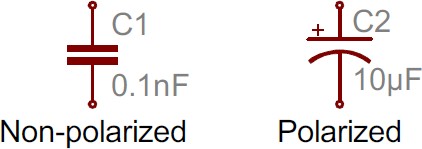
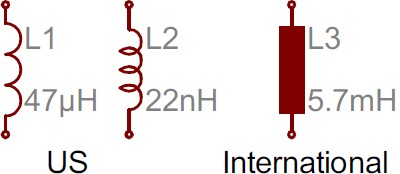
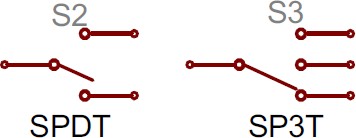
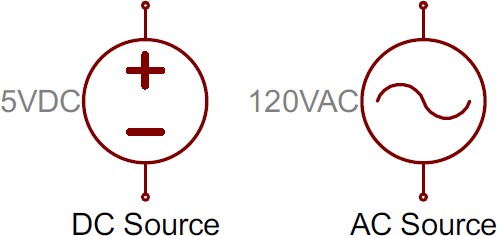
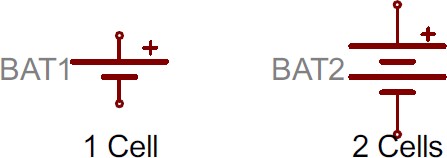
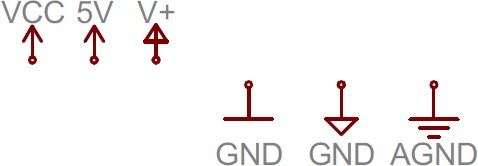

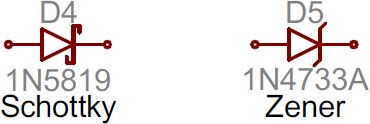

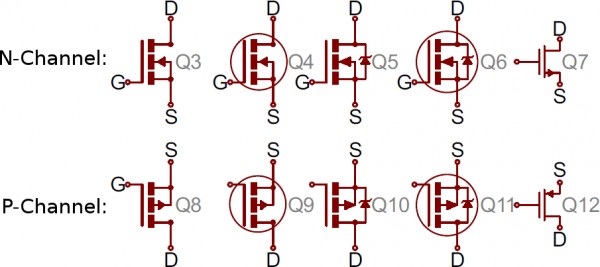

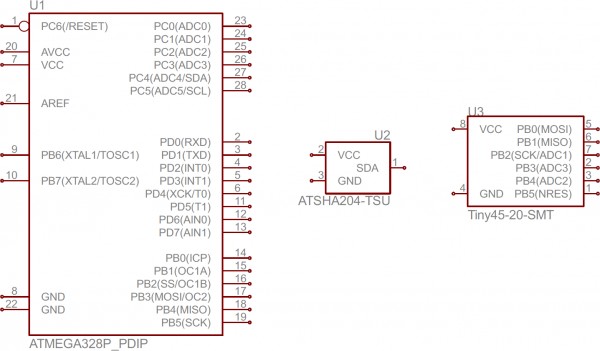
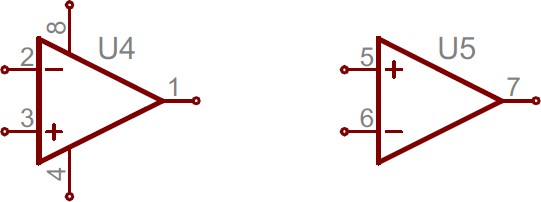


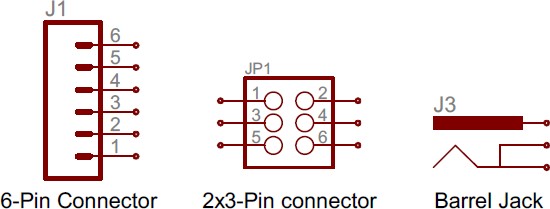

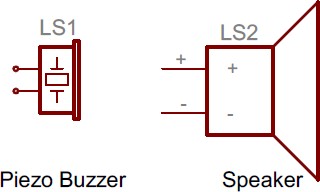

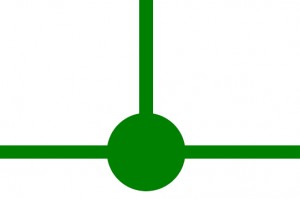
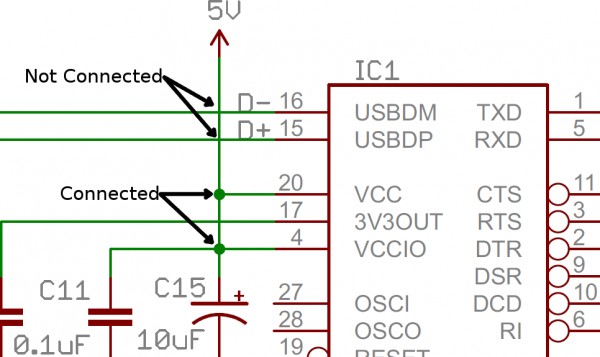
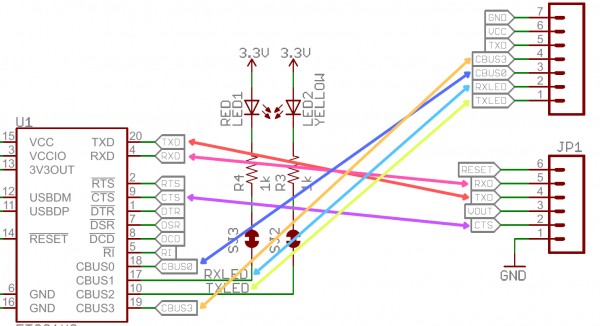
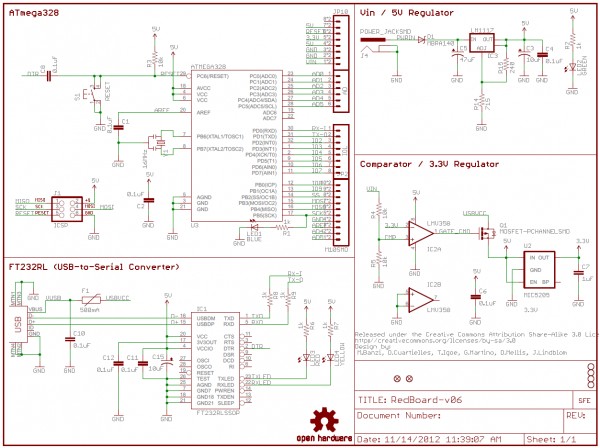

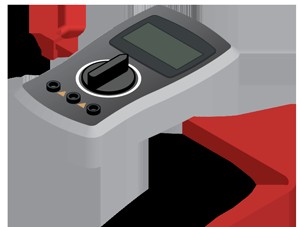
While these are standard prefixes, variations exist. For instance, ICs might be labeled ‘IC’ instead of ‘U’, or crystals as ‘XTAL’ instead of ‘Y’. Use context and the component symbol to confirm identification.
Tracing the Circuit: Reading the Flow
Knowing symbols and names is vital, but a wire diagram’s power lies in showing connections. Understanding how components are linked is key to tracing circuits and diagnosing issues.
Nets, Nodes, and Labels: Connecting the Dots
Nets in a wire diagram represent wires connecting components. They are the lines between component terminals. Sometimes nets are color-coded, as shown in green in this example:
Junctions and Nodes
When wires join, forming a connection, it’s a junction. In diagrams, junctions are marked by nodes, small dots at wire intersections.
Nodes indicate that wires crossing at that point are electrically connected. The absence of a node at a wire crossing means the wires simply pass over each other without connection. (Good diagram design avoids such confusing overlaps, but they can occur).
Net Names and Labels
To simplify complex diagrams, nets are often named and labeled instead of drawing wires across the entire diagram. Nets with the same name are considered connected, even without a visible wire link. Names can be placed directly on the net or as “tags” hanging off the wire.
Nets with identical names are connected, simplifying complex diagrams. Net names and labels prevent diagrams from becoming too cluttered.
Net names often describe the signal’s purpose on that wire. For example, power lines might be labeled “VCC” or “Battery+”, while communication lines might be “CAN_High” or “LIN_Bus”.
Tips for Reading Automotive Wire Diagrams Effectively
Identify Functional Blocks
Complex automotive wire diagrams are often divided into functional blocks – sections for systems like engine control, lighting, or infotainment. Try to identify these blocks and understand the overall system architecture. Good diagrams may even organize sections like chapters in a book, with inputs on the left and outputs on the right.
Well-designed wire diagrams, like this one, may divide circuits into logical, labeled blocks for easier understanding.
Recognize Voltage Nodes
Voltage nodes are single-terminal symbols representing voltage levels. Connecting component terminals to these nodes assigns them to that specific voltage. They are a specific application of net names – all terminals connected to a voltage node with the same name are connected.
Voltage nodes like GND, Battery+, and Ignition are interconnected even without drawn wires, simplifying connections to common voltage rails.
Ground nodes (GND) are especially common, as many components require a ground connection.
Consult Component Documentation
If something in a diagram is unclear, refer to the datasheet or documentation for the key component, especially integrated circuits like the engine control unit (ECU) or body control module (BCM). These are often the most complex and central components in the diagram.
Ready to Dive Deeper?
Understanding wire diagrams is a fundamental skill for automotive electrical diagnostics and repair. With this knowledge of symbols, connections, and reading strategies, you’re well-equipped to tackle your car’s electrical challenges. Practice tracing circuits in your vehicle’s wiring diagrams, and you’ll be amazed at how quickly you become proficient.
For further learning in foundational automotive electrical topics, explore resources focusing on automotive electronics, circuit theory, and specific vehicle wiring repair guides.
By mastering the art of reading wire diagrams, you unlock a deeper understanding of your vehicle and gain the ability to confidently address electrical issues, saving time and money on repairs.
